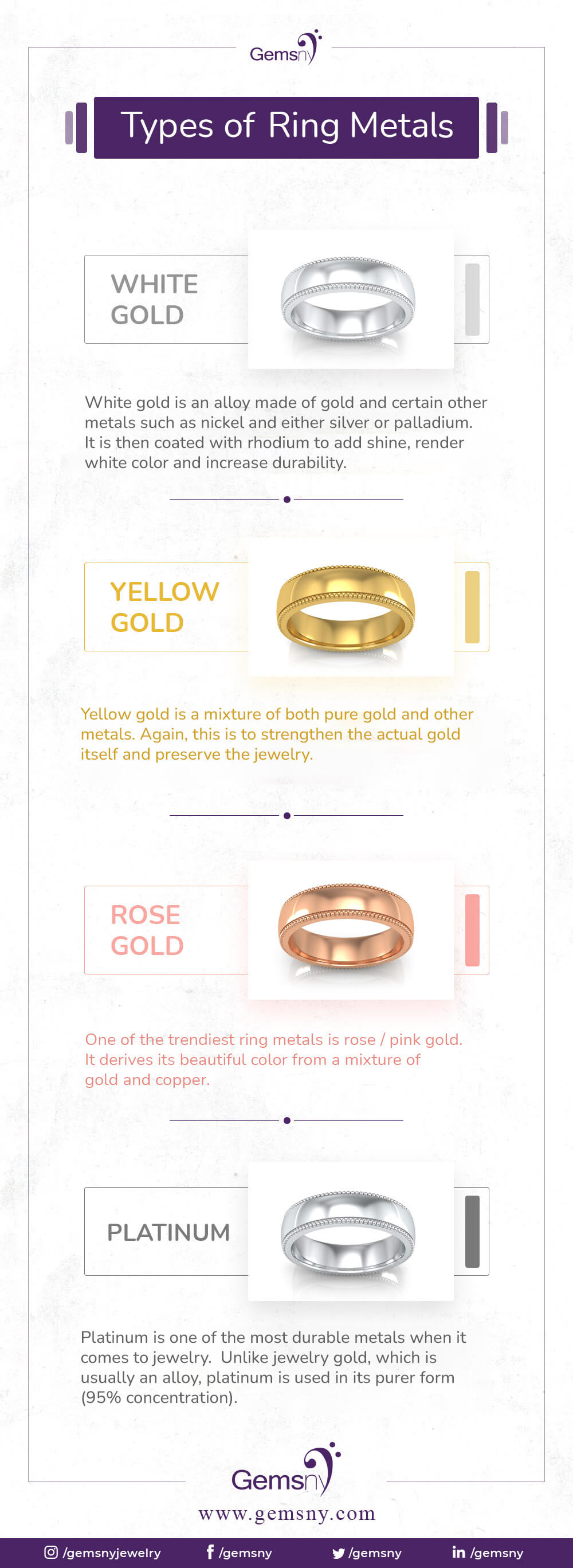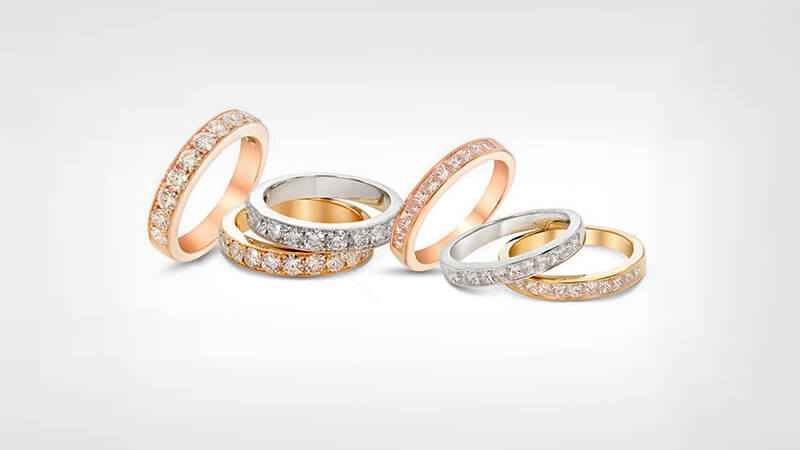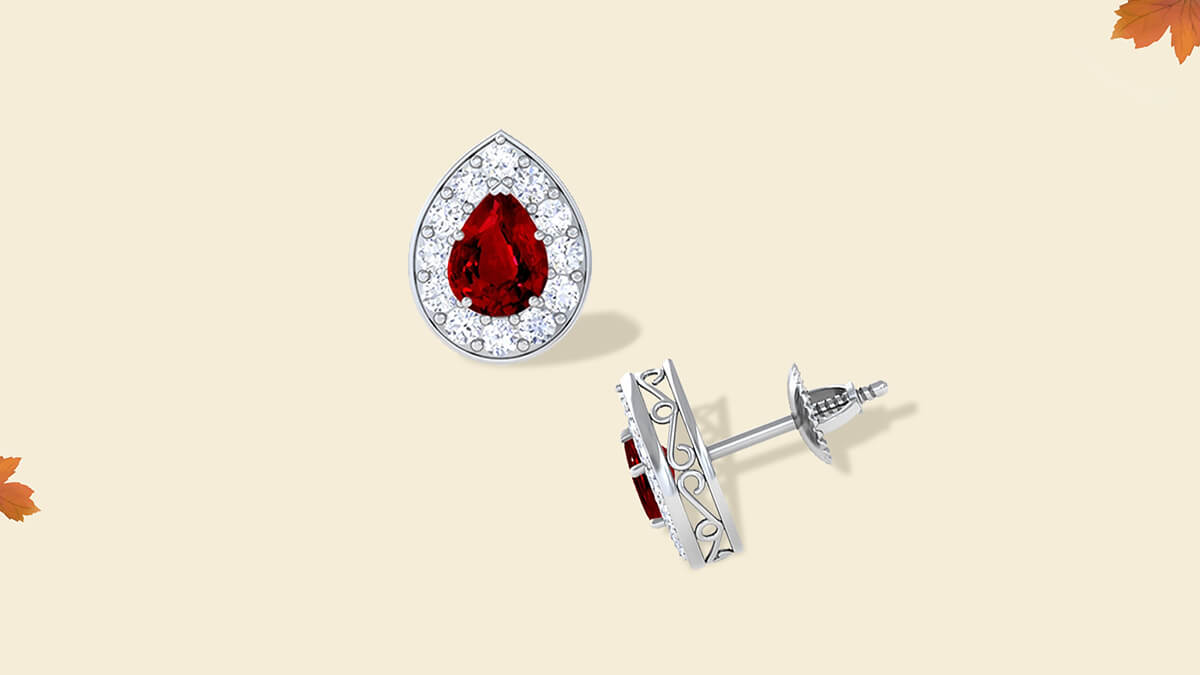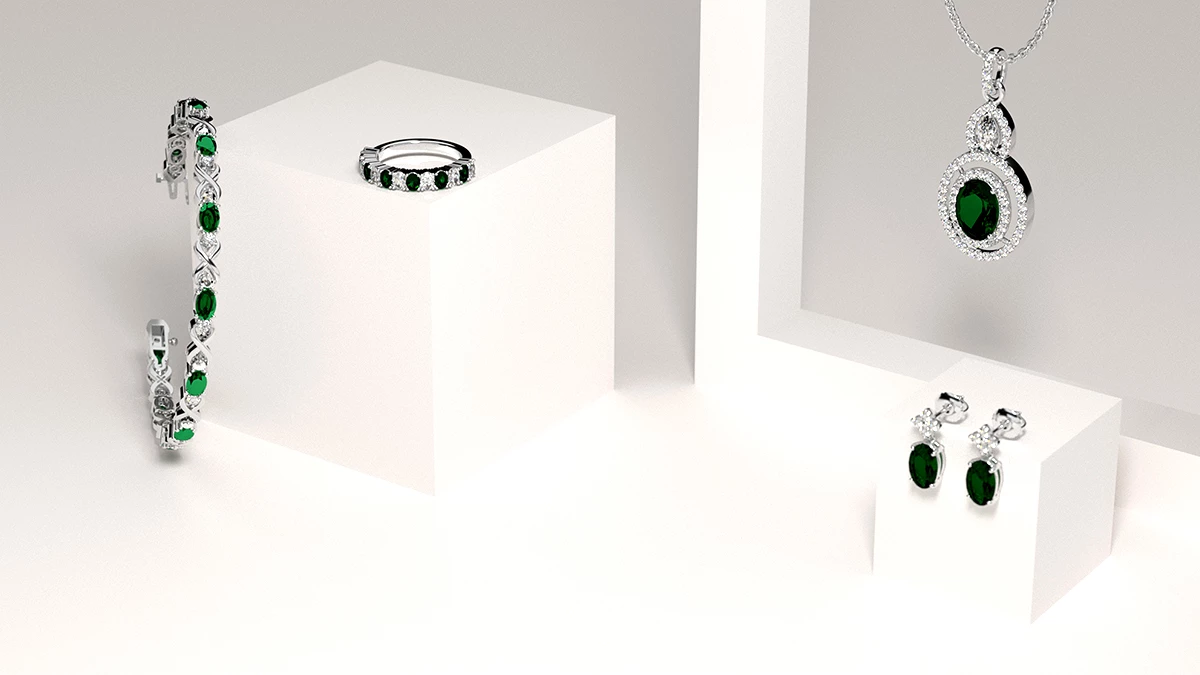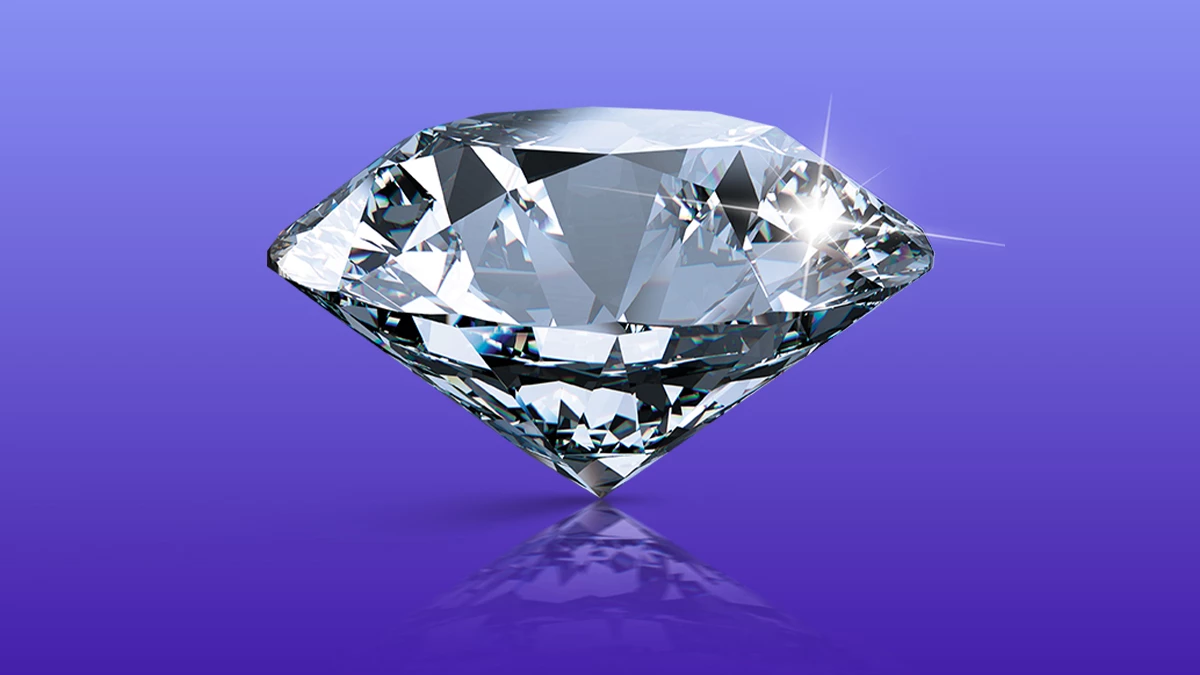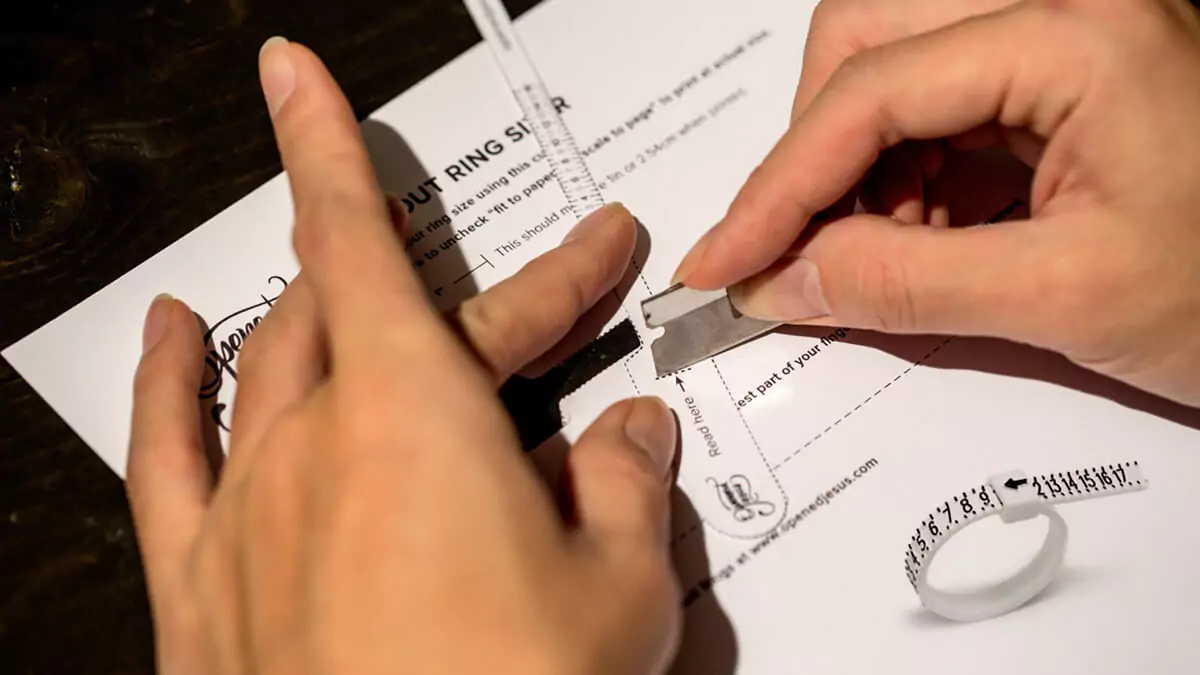The process of purchasing a ring can be daunting, but we make this process a fun experience for our customers!! We offer a variety of ring settings and metals to choose from and our customers have the liberty to customize their ring to their exact specifications. We carry the best quality of metals for our jewelry settings, so regardless of what you choose, your product will last forever.
14k vs 18k – What’s the difference?
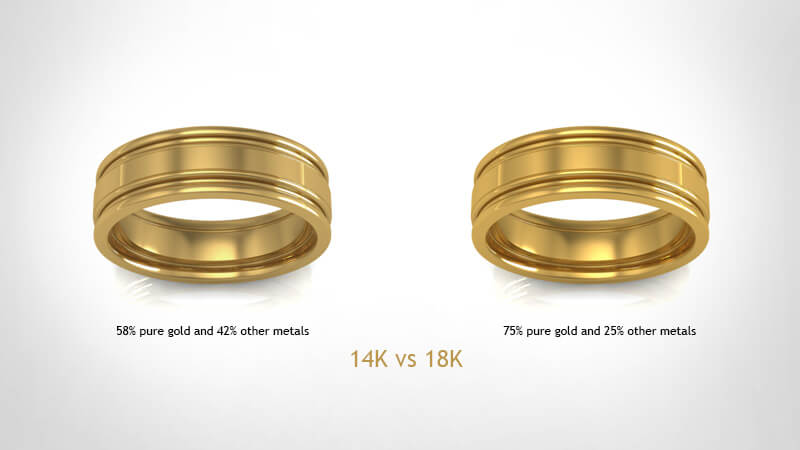
Despite popular belief, neither 14k or 18k gold is pure gold. Pure 24k gold is simply too soft to stand on its own for everyday wear. To increase durability, gold is mixed with other metals to form an alloy. Both 14k and 18k gold are such alloys. The main difference between the two is the proportion of pure gold. 14k gold (both white and yellow) is about 58% gold and 42% other metals, whereas 18k is 75% gold and 25% other metals. This is why 18k gold is always more expensive than 14k gold.
On the other hand, since alloy metals are stronger, 14k gold will be slightly more durable due to higher alloy content.
White Gold
Is white gold real gold? It’s a question commonly asked, so to clear up any misconception, YES, it is. White gold is an alloy made of gold and certain other metals such as nickel and either silver or palladium. It is then coated with rhodium to add shine, render white color and increase durability.
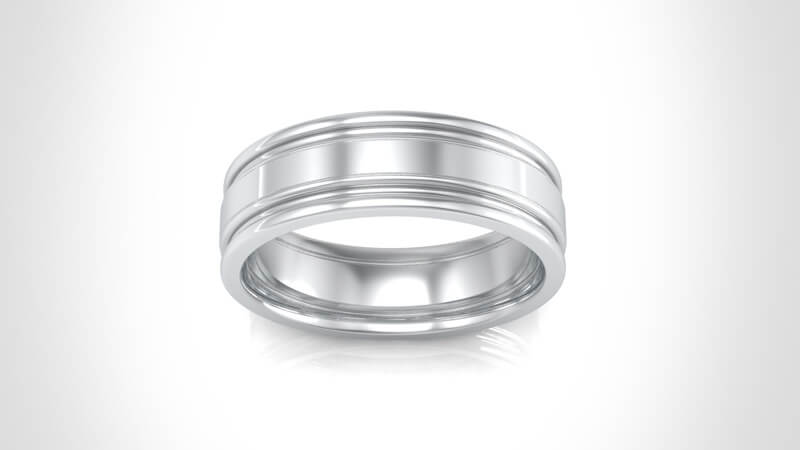
While the percentage of gold present is different in 14k and 18k white gold, visually, they look the same. There is no color difference as they both have rhodium plating which gives it its shiny white color. One thing to note however, is that white gold does tarnish when the rhodium plating wears off over time, so re-plating is required.
Nonetheless, white gold remains a preferred choice, especially to those who are looking to pair their rings with blue gems such as Sapphire, Tanzanite, Spinel, Aquamarine and Paraiba Tourmaline.
Yellow Gold
Yellow gold is a mixture of both pure gold and other metals. Again, this is to strengthen the actual gold itself and preserve the jewelry. Additionally, the type of other metals used and their proportion do cause variations in yellow color. Yellow gold continues to remain a classic choice for engagement rings.
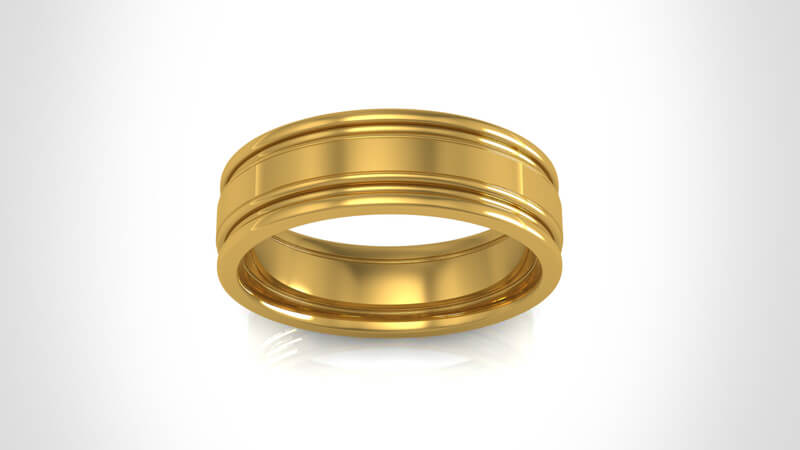
Other than color, one main difference between white and yellow gold is that yellow gold is slightly easier to scratch as white gold has an extra layer of protection from rhodium plating. However, with proper handling of your jewelry, this should not be an issue for everyday wear.
18k yellow gold appears more yellow in color than 14k due to the higher gold content. Yellow gold does not tarnish and always retains its yellow color. Yellow gold goes best with green and red stones such as Ruby, Emeralds, Spinel, Alexandrite, Tsavorite and Peridot.
Rose Gold / Pink Gold
One of the trendiest ring metals is rose / pink gold. It derives its beautiful color from gold and a mixture of copper and a bit of silver.

Its pinkish color has certainly made it popular, especially in the engagement ring market. Rose gold is also said to be more durable than white or yellow gold, primarily due to the presence of copper, which is one of the most durable metals in the world.
Another added benefit of this metal is that it doesn’t tarnish. Over time, the copper starts to naturally darken, but it ends up creating a beautiful vintage look that is sought after by many.
14k rose gold has a richer rose/pink color than 18k due to a higher concentration of copper. It goes best with peach and pinkish color gems such as Pink Sapphires, Pink Tourmaline and Morganites.
Platinum
Platinum is one of the most durable metals when it comes to jewelry. Unlike gold, which is usually a mixture of alloy metals, platinum is utilized in mostly its purest form (95% concentration).
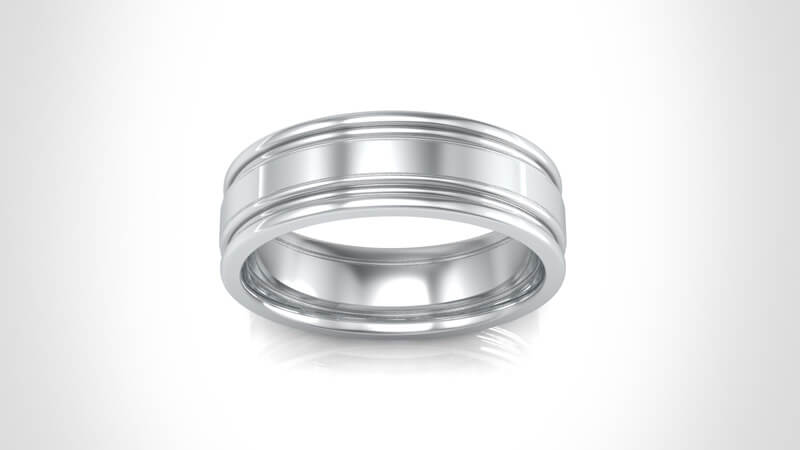
Many people prefer platinum for its natural shine and durability. It is a very hard metal and is great for jewelry that has smaller diamonds or expensive center gems. It is difficult to break or bend platinum prongs. Additionally, to make the same ring in platinum requires 20% and 80% more weight than 18k and 14k gold, respectively. The increased weight gives a more premium feel to platinum rings.
Sterling Silver
Sterling silver is an alloy of silver and copper. The purpose of adding copper to silver is to make it harder. Pure silver is relatively softer; thus, it is difficult to make durable jewels with it. Sterling silver is 92.5% pure silver and 7.5 % copper. This makes it comparatively harder and suitable for jewelry. You may also see a 925-hallmark stamp on Sterling silver jewelry which means that for every thousand, 925 part is pure silver and 75 part is copper.
Metal Summary
| Metal | Pros | Cons |
| 14k Gold | More affordable, durable | Less gold in alloy, other metals can cause allergies |
| 18k Gold | Contains more gold, higher investment value | Less durable due to higher gold content |
| White Gold | More durable than yellow gold, can replicate the look of platinum at a fraction of the price | Will tarnish over time, requires maintenance (need to be re-plated with rhodium) |
| Yellow Gold | Does not tarnish – will always retain yellow color, traditionally most popular metal for rings | More easily scratched than white gold due to no rhodium plating |
| Rose Gold | Will not tarnish, extremely durable due to presence of copper | Copper will naturally darken over time – can be good or bad depending on preference |
| Platinum | Very durable material, best for gem security (prongs do not bend or break easily), does not tarnish | Comes with premium pricing due to heavier weight |
| Sterling Silver | Affordable, easy to clean and looks good with dark color gemstones. | Copper and silver both get darkened over time, so sterling silver jewels require regular cleaning and maintenance. |
